The Descent into Bighorn Cavern
Montana’s Largest Underground Cave Network
Montana’s Largest Underground Cave Network
The jeep rumbled along the rough roads and over boulders so large I winced thinking we would bottom out. Our driver, experienced in this terrain, knew his vehicle, and understood exactly where we were going. A good thing, too, as we passed numerous forks in the road with the path heading to the right looking identical to that on the left.
We crested a hill, and Zach, our trip leader, proclaimed, “There it is boys. The Armpit.” An old miner’s cabin, affectionately termed The Armpit, is little more than four walls, plywood bunks, some furniture you wouldn’t dare put inside your home, and a pot belly stove. It’s dirty. It smells funny. It has mice that live in the walls. And that night it would prove to be home to one of the most blissful night’s sleep I ever had.
That sleep was the result of hours upon hours rappelling, twisting, scrambling, and mostly crawling through the Bighorn Cavern: Montana’s largest cave system, located in the south central part of the state.
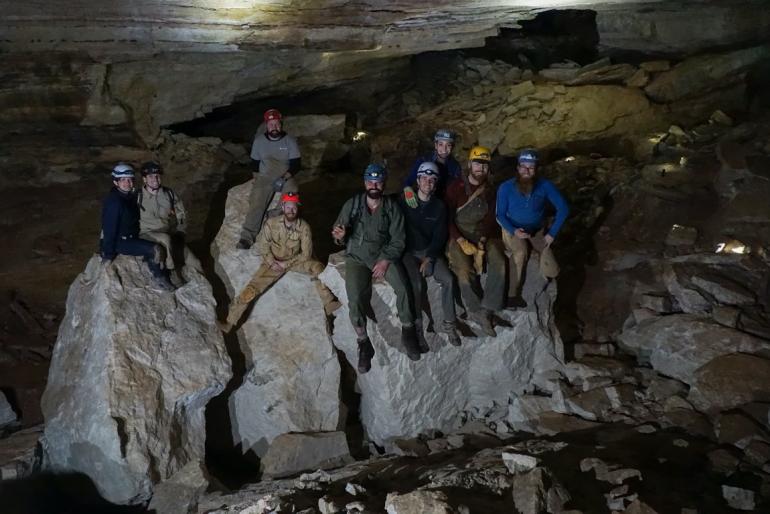
That sleep was the result of hours upon hours rappelling, twisting, scrambling, and mostly crawling through the Bighorn Cavern: Montana’s largest cave system, located in the south central part of the state.
The Vast Ancient Seas of Montana
During the Mississippian time period, or roughly 360 million years ago, a significant portion of North America was submerged. As waters retreated, the western edge of what is now America poked free, but through the majority of Montana, water covered the land until it retreated further during the Paleogene period (about 66 million years ago).
I spoke with Greg Liggett, a paleontologist with the Montana Bureau of Land Management, to get an idea of why the Pryor and Bighorn mountains are so dramatically different from the Beartooth Mountains a short distance away. He explained that around the time the waters retreated, the Larimide Orogeny (the time period when mountains are being pushed up) was occurring. While it was pushing the metamorphic and igneous rock of the Rocky Mountains upward, it was also pushing up the Madison Limestone formations. These mountains then turned into one of the most magnificent caving systems in the country.
Greg explained, “One of the interesting aspects of limestone is that it’s very susceptible to cave formation. Since it’s made from calcium carbonate, it reacts with acids; rain naturally becomes slightly acidic on its way down.” Given enough years, immense caverns form.
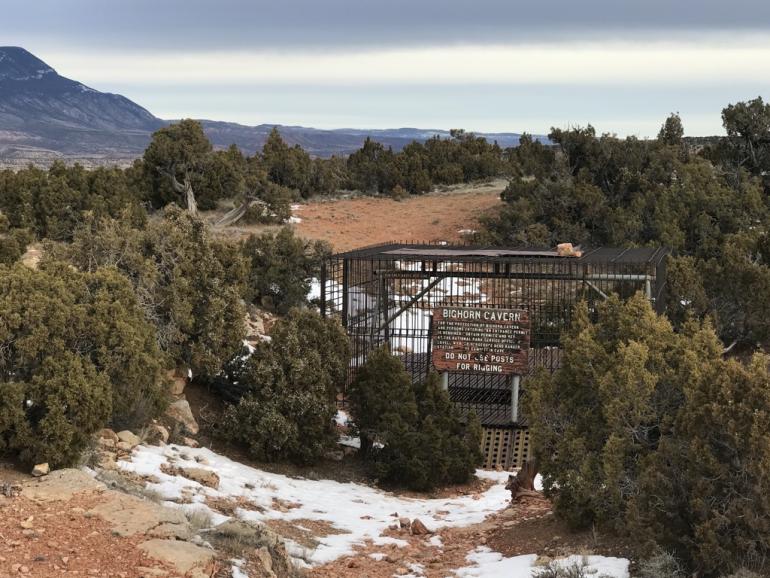
Untouched by Humans for Millennia
Over the course of millions of years the Bighorn Cave formed, evolved, and eroded. While it is almost certain that Native peoples passing through centuries ago knew about the cave, it wasn’t brought into the public’s eye until 1961.
For the next decade, much of the cave was explored, surveyed, and mapped—a process that still isn’t complete to this day. The extent of the underground caverns is so massive that new passages are continuously being discovered.
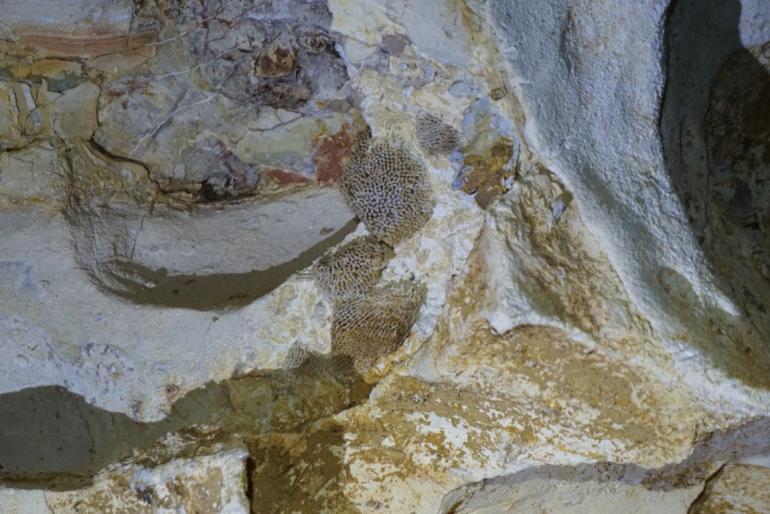
My Journey into the Darkness
About a mile from The Armpit is the entrance to the Bighorn Cave. If you’re imagining a gaping hole in the side of a cliff, forget everything you know about caves. Years ago, the entrance pit was covered with a grate and a cage. As a protected cave system, the only way in is to register with an experienced trip leader, obtain the key, and sign in on the cave log upon entry and exit.
The cage covering the entrance pit is set up with large metal bars where you can rig your ropes. When set, and everyone is tied in, the grate is opened and you’re left staring down seventy feet into the blackness below. For the first timer, it’s a daunting view that inspires emotions of terror, wonder, and intrigue. What lies below?
Rappelling in, you arrive in a large room named the Cloak Room. It is here that you shed your climbing gear; it won’t be needed until you ascend back up the rope to your above-ground home. From here you have fourteen miles of known passages that twist, turn, split, dead-end, and squeeze under rocks to explore. Without a light and a map, you couldn’t make it more than a few dozen yards into the pure and utter blackness.
Our guides, experienced cavers who had spent many hours in this particular system, had a few destinations in mind. Each passage is assigned a letter, with numbered survey points along the way. Our goal was to pass through the Key-Hole into the K-line. From there, we would cross the stepping stones and take a short break in the Three Trolls Room. We would enter the W-line, crawl through the sand tubes, making our way to W50 and the Pool Parlor. Dropping flagging tape every fifteen to twenty feet, we knew we wouldn’t get too lost. We started walking down the enormous passage.
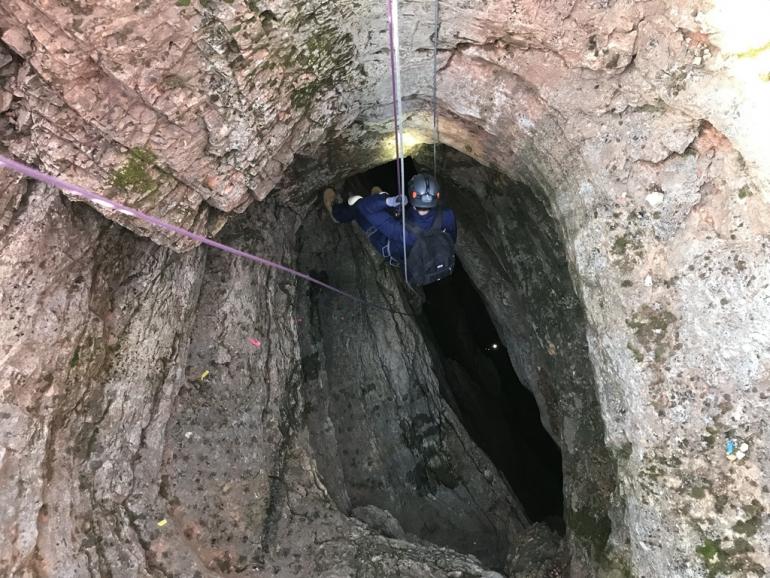
That passage didn’t stay enormous for long. We suddenly turned to the left and headed toward what looked like a solid wall. But inside the cave, every rock potentially hides another passage, and we squeezed through a small tube barely the size of our bodies and popped out in front of the Key-Hole, another twisty passage that we couldn’t fit into while wearing our packs.
We meandered through the cavern noting survey markers, checking the map, and admiring formations that got prettier and prettier the deeper we went. We gawked at Pete’s Mustache, a curly set of crystals formed by gypsum, and stealthily moved past stalagmites, stalactites, cave popcorn, cave bacon, helectites, and other creations slowly built through thousands of years of dissolved minerals growing micrometer by micrometer.
Eventually, you get lost in the cramped yet vast space. Marvel after marvel passes you as you go where few have trod before. We would take breaks not knowing how far we had traveled. Without looking at watches, we had no idea the time; was it still daylight above? The only indicators telling us to stop were the growling of our stomachs and our aching legs.
As we headed back, following and retrieving our markings, it was as though we were in a whole new cave. Everything looked different and new facing the other direction. Some landmarks, like the Three Trolls, were easy to spot, but most passages appeared entirely different. Finally, we squeezed back through the Key-Hole, under the rocks, and a trickle of light streamed down the entrance pit. Gearing up, we ascended back out of the pit, closed the grate, de-rigged, and locked the gate. Weary yet satisfied, it was time to head home to The Armpit for dinner and a deep sleep.
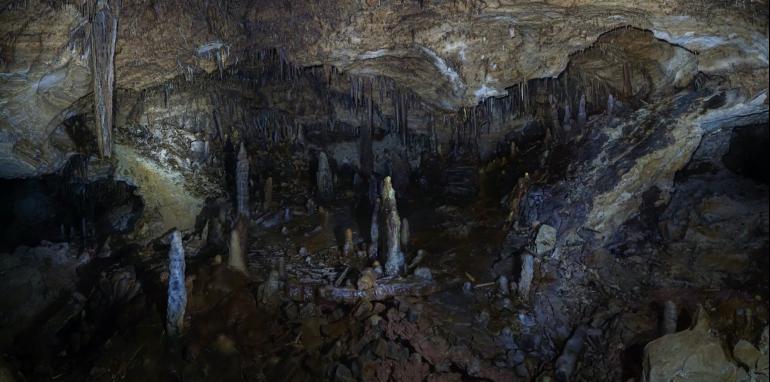
We Live in a World Built on Underground Caverns
Throughout the history of the world, animals have sought shelter in caverns. They play an especially important role during the winter months as bears and bats get out of the cold and into the relative warmth underground while they await the return of spring.
Prehistoric peoples used caves for shelter and ceremony. Over many years, new caves have opened, and old caves have gotten bigger. Today, the cave systems are just as important as they were hundreds of years ago.
As modern cavers squeeze and shimmy below the ground in search of adventure, many others are helping scientists around the world discover how our earth has changed over the eons. With the help of those who commit to underground exploration, the scientific community has accumulated invaluable data on prehistoric creatures, floods, eruptions, oceans, and more.
As for me, I now am on the lookout for depressions, odd shadows, and overhanging rocks that could open to immense caverns below.
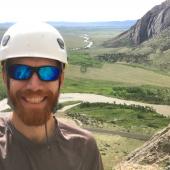
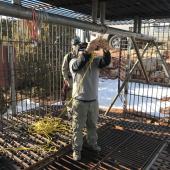
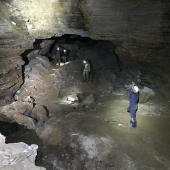
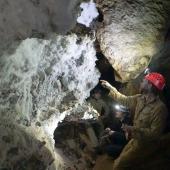
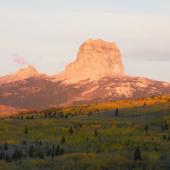

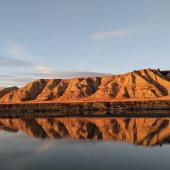



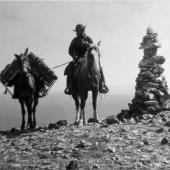





- Reply
Permalink